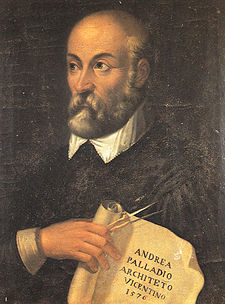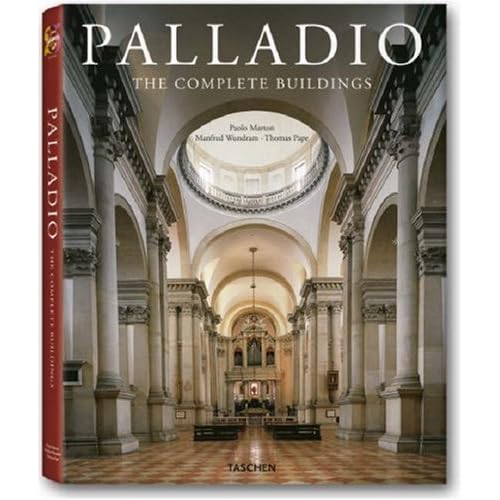Designers are all led by different things. Some by color…

Kristen and Lindsey Buckingham’s Living Room.
Some are led by inspiration…

Some are led by their customer’s wishes… (sometimes not so good)…
and some are led by ARCHITECTURE and SPACE….




I’m a big fan of Palladian architecture, which is derived from the famous Italian architect Andrea Palladio. Palladian normally refers to the style inspired by Palladio, which takes the form of strong symmetry and elements based on classical temple architecture of the Ancient Greeks and Romans.

Andrea Palladio (1508-1580)
Luckily for us, Palladio was a writer and recorded all of his architectural ideas in his carefully crafted writings.
Here in the United States, we have Monticello, which Thomas Jefferson modeled after buildings by Palladio. And some of America's most important buildings, such as the White House and the U.S. Capitol, were influenced by Palladio's architectural ideas and writings.
Some of the elements of Palladio’s designs included;
- Symmetrical Floor Plans. Palladio was a big believer in harmony and proportion. He liked an equal balance of rooms to each side of an entrance hall. Many Georgian and Neoclassical homes incorporate this element.

- Columns. Different column types - Corinthian, Ionic, and Doric—were used to support roofs, frame archways, and divide interior spaces. Palladio's European villas inspired the columned porches you see on Greek Revival and Neoclassical houses.

- Pediments. A pediment is a low-pitched triangular gable on the front of some buildings in the Greek Revival style of architecture. Often, you will see the pediment above interior doors in classic architecture, but it is also used over windows and porticos.

This dining room entrance features a broken pediment.
- Porticos. A portico is a porch that leads to the entrance of a building, or extended as a colonnade, with a roof structure over a walkway, supported by columns or enclosed by walls. The White House in Washington, D.C., has a North portico, shown below, and a South portico, which is rounded. Porticos can be found on homes of many different architectural designs.
North Portico of the White House.
- Rounded Arches. Palladio used arched doorways, windows, and wall niches to incorporate classical design into his work. Today, this feature is especially used in Spanish and Mediterranean style homes.

- Palladian Windows. Although Palladio did not invent the arched shape window, this element was named after him because of his extensive use of it and his writings on the subject.





There are many good books on Palladian Architecture if you want to read more…

Palladio by Guido Beltramini and Howard Burns

Learning From Palladio by Branko Mitrovic (Author)


No comments:
Post a Comment